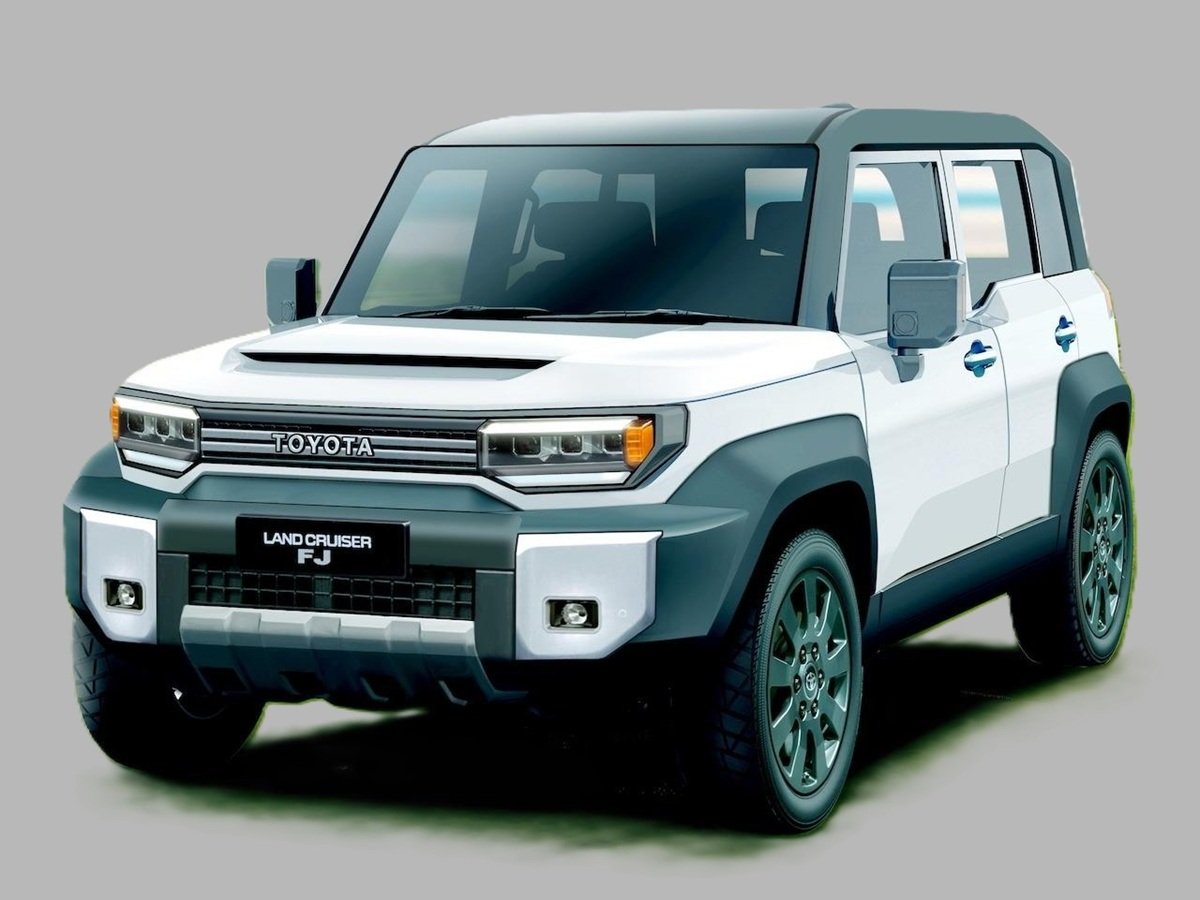
Toyota Mini Fortuner
Toyota Gears Up to Expand Its SUV Lineup with the Toyota Mini Fortuner, Blending Rugged Fortuner Styling with Compact.
Toyota may be eyeing a sub-Fortuner SUV that captures buyer demand for Fortuner-style presence, Toyota Mini Fortuner rugged looks, and off-road cues, but in a more city-friendly size and lower price bracket. The Mini Fortuner would target buyers who like the Fortuner aura but find its size, cost, or fuel/oil running too much for day-to-day urban or suburban use.
Think: premium compact/mid-SUV with muscular styling, tougher suspension, strong branding, but pared down in power and features compared to the full-sized Fortuner.
Design & Styling Toyota Mini Fortuner
-
Muscular front grille styling inspired by Toyota Mini Fortuner, with bold Toyota badge.
-
Slim LED daytime running lights and sharp headlamp units giving aggressive face.
-
Raised ride height / ground clearance to capture SUV feel. Possibly chunky cladding around wheel arches, skid plates front & rear.
-
Alloy wheels of size around 17-18 inches, possibly two-tone.
-
Rear design with Fortuner-like tail lamps, but simplified; possibly LED strips, angular bumper.
-
Roof racks or roof rails, dual-tone roof options in higher trims to add visual character.
Dimensions & Practicality
-
Length likely in the region of ~4.4-4.5 meters (or slightly less), narrower and shorter than the full Fortuner to be more maneuverable in traffic.
-
Wheelbase sufficient for four to five adults comfortably, with good headroom. Rear seat possibly 60:40 split-folding for cargo flexibility.
-
Boot space likely moderate — enough for daily shopping, weekend bags, maybe light SUV camping gear.
Powertrain Options & Performance
Based on rumours and market trends, possible engine / drivetrain options could include:
-
1.5-litre petrol engine. Output possibly ~100-110-PS, moderate torque. Likely geared for efficiency and smooth daily driving rather than outright performance.
-
Transmission options: 5-speed or 6-speed manual for base trims; automatic (torque converter or CVT) for mid and upper trims.
-
Fuel efficiency: Expected in the ballpark of 15-17 km/l under mixed driving; urban rating might be lower due to size/weight.
-
Drivetrain: Most likely front-wheel drive. Possibly all-wheel drive (AWD) or 4WD in premium variants — if Toyota wants to add off-road cred.
Features & Technology
To compete in today’s mid-SUV segment, expect a solid set of features, though some cost trade-offs in base variants:
-
Infotainment touchscreen (8-inch or so), with Apple CarPlay / Android Auto. Possibly wireless connectivity in higher trims.
-
Safety features such as dual front airbags, ABS with EBD, electronic stability control, ISOFIX child seats. Higher trims might include more airbags, hill-start assist, rear camera or 360-degree view, tyre pressure monitoring.
-
Comfort features: automatic climate control, rear AC vents, steering mounted controls, power windows. Higher trims may get LED lighting, LED tail lamps, alloy wheels, ambient lighting.
-
Interior: decent materials, perhaps soft touch where needed. Seats likely fabric in lower trims, leatherette or partial leather in higher trims.
Price Expectation
-
Given its positioning below or “mini” to Fortuner, ex-showroom price may start in the region of Rs 11 Lakh To 17 Lakh for base variant (in India), climbing for higher trims with automatics, AWD, feature upgrades.
-
Mid to top trims might enter ~Rs 18 Lakh To Rs 20+ Lakh depending on features, powertrain, and regional taxes.
Target Audience & Market Fit
This Toyota Mini Fortuner would appeal to:
-
Urban / suburban buyers who want Fortuner styling but more practicality, better fuel efficiency, and lower running costs.
-
Small families or individuals who occasionally want rugged looks or some off-road capability, but not full-size SUV bulk.
-
First time SUV buyers, or those stepping up from hatchbacks or compact SUVs.
Challenges would include: balancing cost vs features, ensuring ride comfort despite raised suspension, and differentiating from existing competitors in the compact-SUV/mid-SUV space.
Why It Could Succeed
-
Strong brand value of “Toyota Mini Fortuner” name; many buyers like the prestige of big SUV styling.
-
Compact version means lower production cost, easier to sell in higher volumes.
-
Better city usability, lower fuel cost, lower taxes if engine smaller.
-
Can capture markets/segments priced out of the full Fortuner but still aspirational.
Risks & Considerations
-
It mustn’t feel like a Toyota Mini Fortuner only in name/style but deliver solid quality and safety; otherwise, risk of buyer disappointment.
-
Pricing will be crucial; too close to Fortuner levels, people will choose the full model. Too low, and margins suffer or features get compromised.
-
Competition from similarly positioned compact SUVs with strong feature-lists could force high equipment costs.
If Toyota does launch something like the Toyota Mini Fortuner, it would likely compete strongly in segments next to mid-SUVs but offer a distinctive style play. It could be a bold move and meet consumer demand for rugged looks plus urban friendliness.
Last Updated On 18 September 2025.
See also this: Toyota Fortuner 2025: Bolder, Smarter, and Built to Dominate .


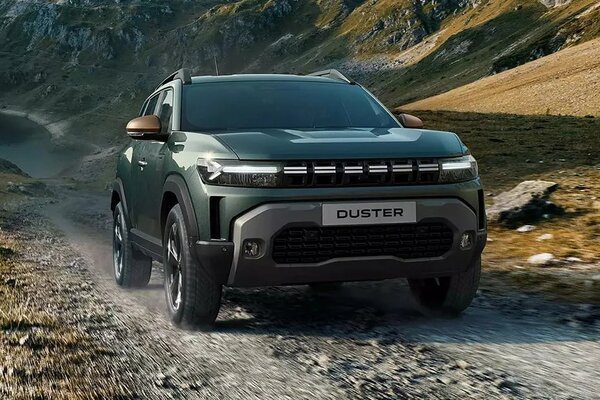
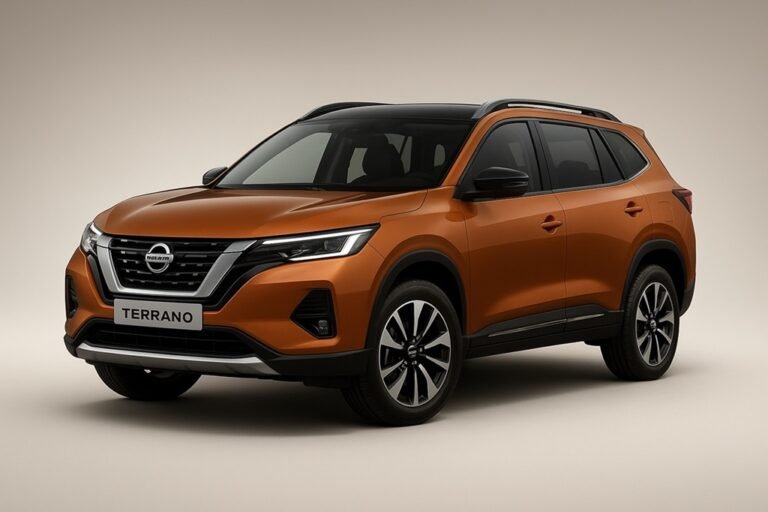
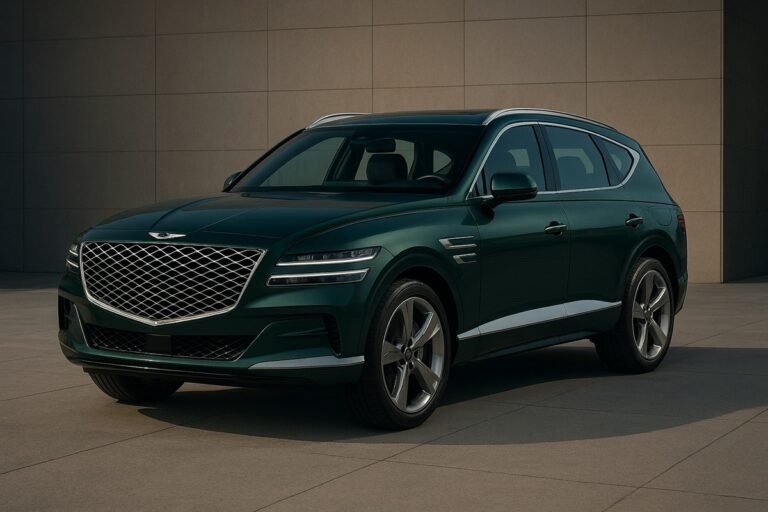

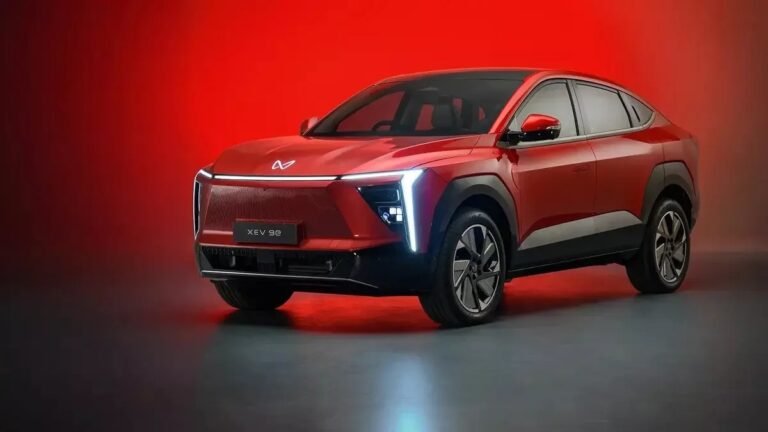
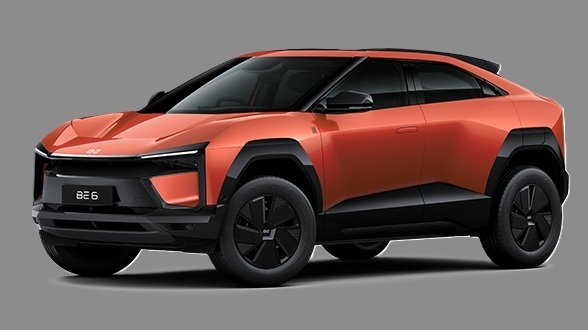
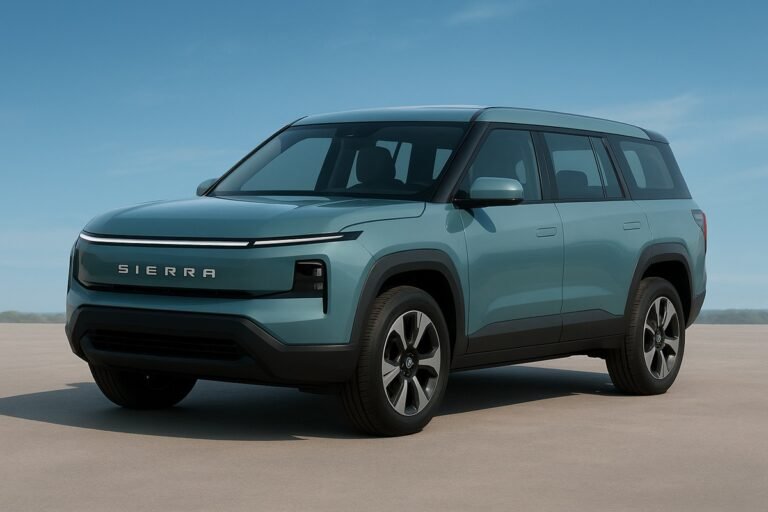
Your article helped me a lot, is there any more related content? Thanks!